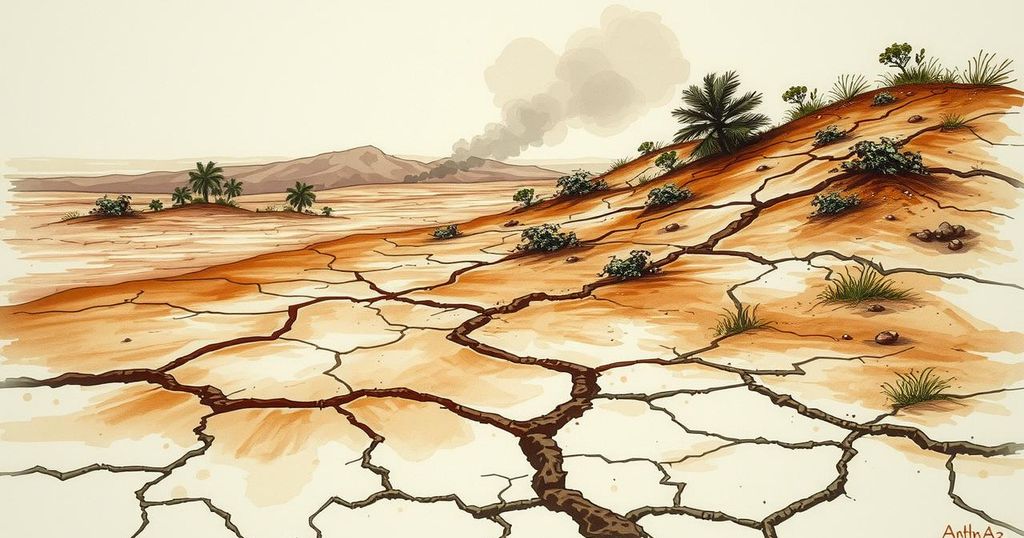Ethiopia’s Tigray: Rising HIV Rates Amidst Post-War Health Crisis

The Tigray region in Ethiopia struggles with a rising HIV prevalence, now at 3%, due to war and destroyed health services, leading to rampant sexual violence and lack of care for survivors. U.S. aid cuts worsen the situation, hindering support for HIV treatment while disease outbreaks surge amid healthcare collapse. Political instability further complicates recovery efforts, stressing the urgent need for rebuilding healthcare systems.
Ethiopia’s Tigray region was previously recognized for its successful fight against HIV, with a prevalence rate of only 1.4%. However, since the conflict erupted in 2020, that rate has doubled to 3%. The war devastated the healthcare infrastructure, leaving only 17% of medical facilities operational. Sexual violence became rampant during the conflict, contributing significantly to the rising HIV rates, particularly among displaced populations and sexual violence survivors.
The war caused grave humanitarian consequences, with researchers estimating that 10% of women and girls aged 15 to 49 experienced sexual abuse in Tigray. This was compounded by the systematic destruction of health services, which meant that survivors of sexual violence often received no medical care and that existing HIV patients could not access necessary antiretrovirals. The resultant healthcare collapse has heightened the prevalence of the virus in displaced populations, which is currently reported at 5.5%.
Moreover, the Trump administration’s significant cuts to U.S. aid are exacerbating the crisis, adversely impacting organizations that supported HIV treatment programs. This includes the Organization for Social Services, Health and Development, which has reportedly had its operations halted, making access to vital services increasingly difficult for those impacted by HIV.
Apocalyptic health conditions prevailing in Tigray have also led to surges in other communicable diseases. Malaria cases have increased drastically and measles incidents have jumped significantly over recent years. Healthcare workers have expressed concerns that the combination of deteriorated medical services and prevailing economic challenges presents an ongoing crisis that threatens to overwhelm the region’s limited resources.
Health officials emphasize the urgent need to rebuild Tigray’s health system, particularly the community-based insurance program that previously supported its healthcare infrastructure. However, ongoing political instability poses a significant barrier to garnering necessary international support, as the region continues to struggle amidst the ramifications of war and insufficient funding.
In summary, the Tigray region of Ethiopia is experiencing a humanitarian catastrophe precipitated by the war that has led to a dramatic rise in HIV prevalence and the collapse of its healthcare system. With systemic violence against women exacerbating the crisis, the region has seen a sharp increase in various infectious diseases due to inadequate healthcare and funding cuts. Tigray’s leaders face immense challenges in rebuilding healthcare infrastructure amid political instability and economic hardship, while also seeking global support for recovery efforts.
Original Source: apnews.com







